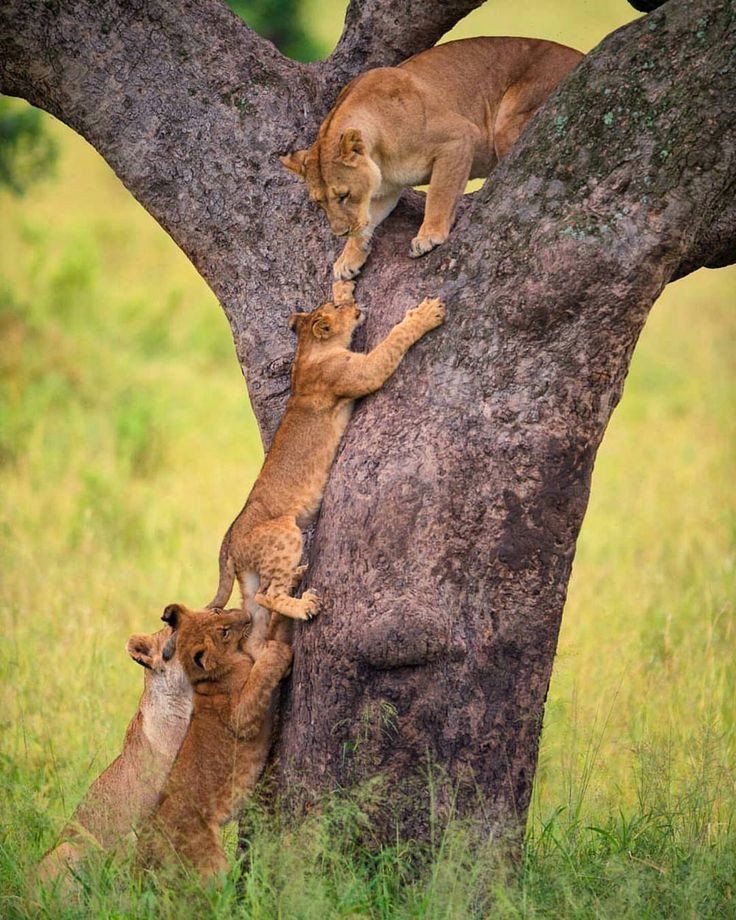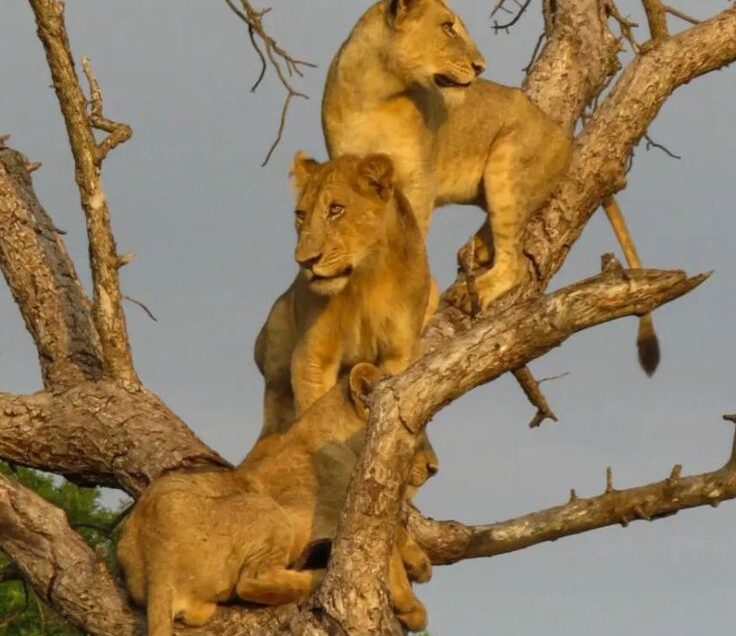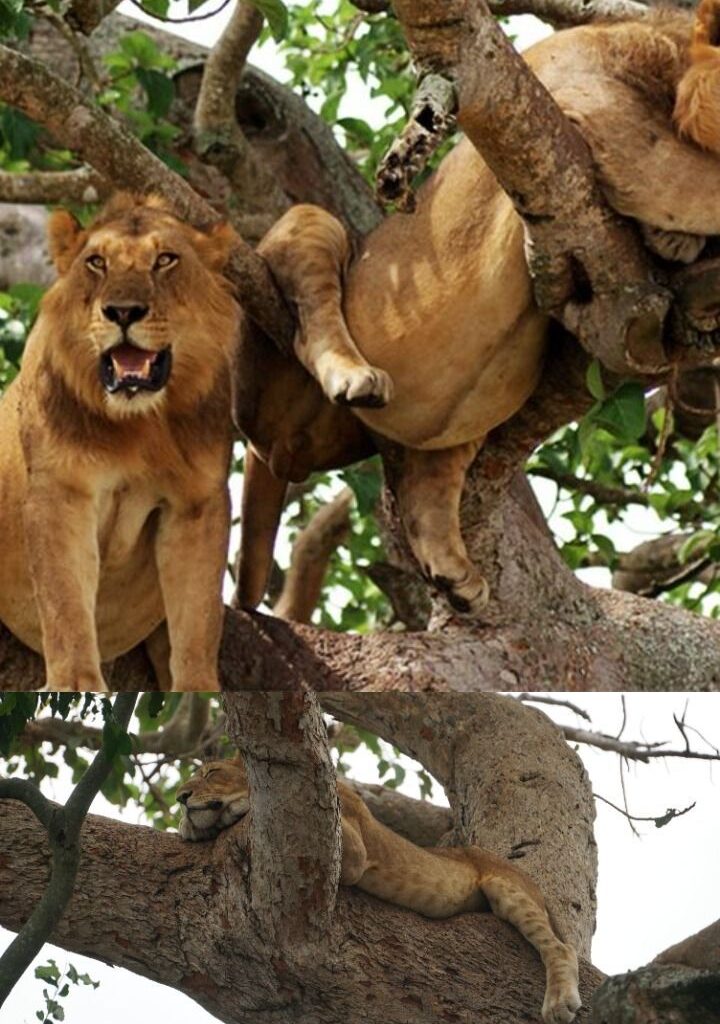
How would you receive it, if I were tell you that their tree climbing lions in Queen Elizabeth national park in Uganda? Oh at first I also said that can’t happen because surely how could a lion climb a tree I only knew monkeys and snakes because of their different body adaptations that they could help them do so. But a lion, no no I was like it just happen. But no worries because kajagyi falls gorilla tours got you covered as we take you for a thrilling experience that you have never imagined.
Where can I get tree climbing lions?
Queen Elizabeth National Park—specifically its Ishasha Sector—is the most iconic and reliable place in the entire world to see tree-climbing lions. While a few parks in Tanzania also have them, Uganda stands out because sightings here are far more frequent and predictable.
In Ishasha, the lions have developed a unique behavior of resting high up in fig and acacia trees, giving visitors incredible photo opportunities. These lions are often seen lounging on branches during the hot afternoon hours, escaping the ground heat, tsetse flies, and getting a clear vantage point over the savannah.
The Ishasha Sector has become so famous that it is now considered one of Uganda’s signature safari experiences, drawing travelers from all over the world. Many tourists plan their itineraries specifically around this rare wildlife sighting—making Queen Elizabeth National Park a must-visit for anyone interested in Uganda’s unique natural wonders.
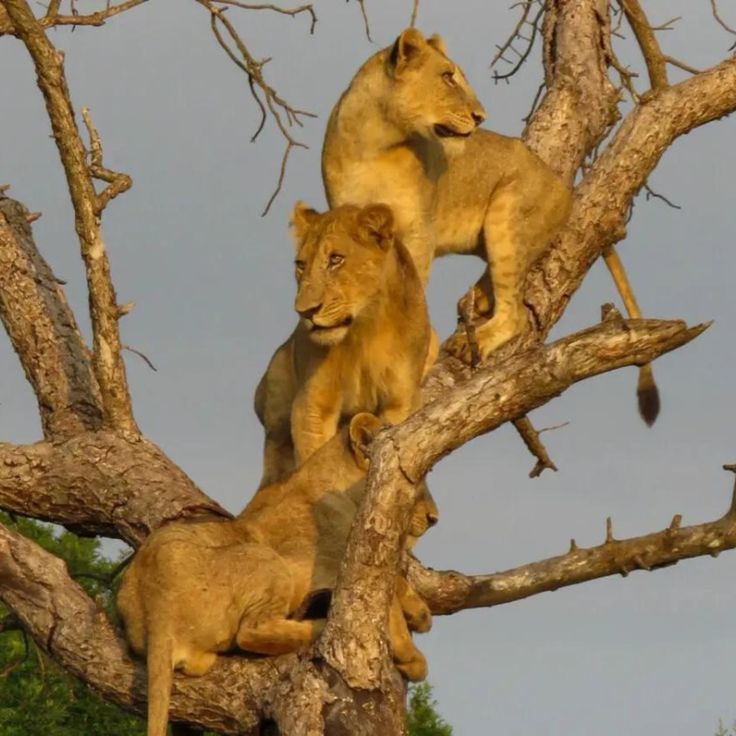
How to get to Queen Elizabeth national park to see the famous tree climbing loins?
Traveling to Queen Elizabeth National Park becomes smooth, safe, and well-organized when done with Kajagyi Falls Gorilla Tours. The journey usually starts from Kampala or Entebbe, and Kajagyi handles every logistical detail from pick-up to drop-off.
1. Departure from Kampala/Entebbe
Kajagyi arranges a comfortable 4×4 safari vehicle—ideal for long drives and game viewing. Your driver-guide picks you up from your hotel, residence, or airport.
2. Scenic Drive Through Western Uganda
The road trip takes 6–7 hours but is incredibly scenic. Kajagyi ensures stopovers at:
- Mpambire Drum Makers (cultural experience)
- Equator Line for photos
- Igongo Cultural Centre for meals and history
These stops make the journey enjoyable and educational.
3. Entry into Queen Elizabeth National Park
Upon arrival, Kajagyi handles:
- Park entry fees
- Check-in at your booked lodge
- Coordination of game drives
Because the company knows the park routes well, your chances of seeing wildlife—especially the famous tree-climbing lions in the Ishasha Sector—are much higher.
4. Accessing the Ishasha Sector
Ishasha is located in the park’s southern part. With Kajagyi’s experienced guides, you are driven directly to the best viewing spots where lions are commonly seen resting on fig trees.
5. Return or Continuation of Your Safari
After your experience, Kajagyi can:
- Drive you back to Kampala/Entebbe
- Or continue your trip to destinations like Bwindi, Kasese, or Kibale Forest
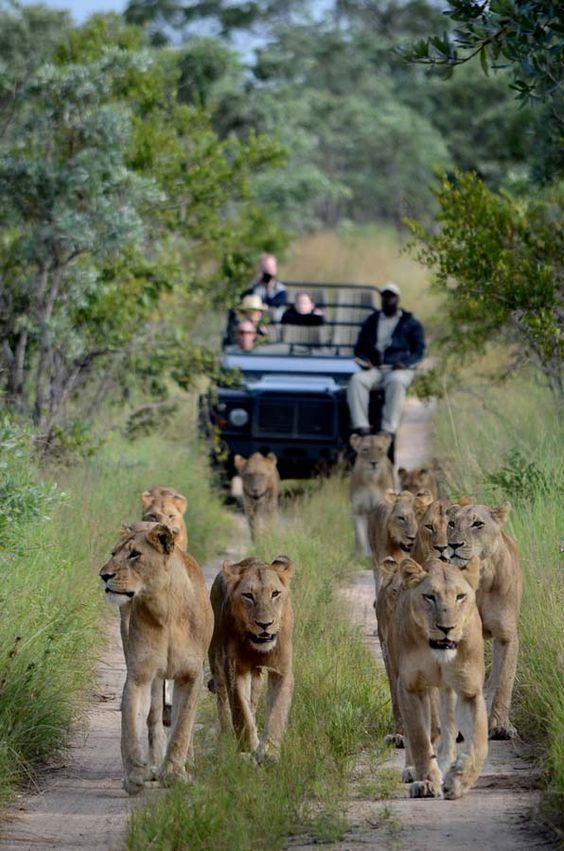
Adaptations That Enable Lions to Climb Trees in Ishasha
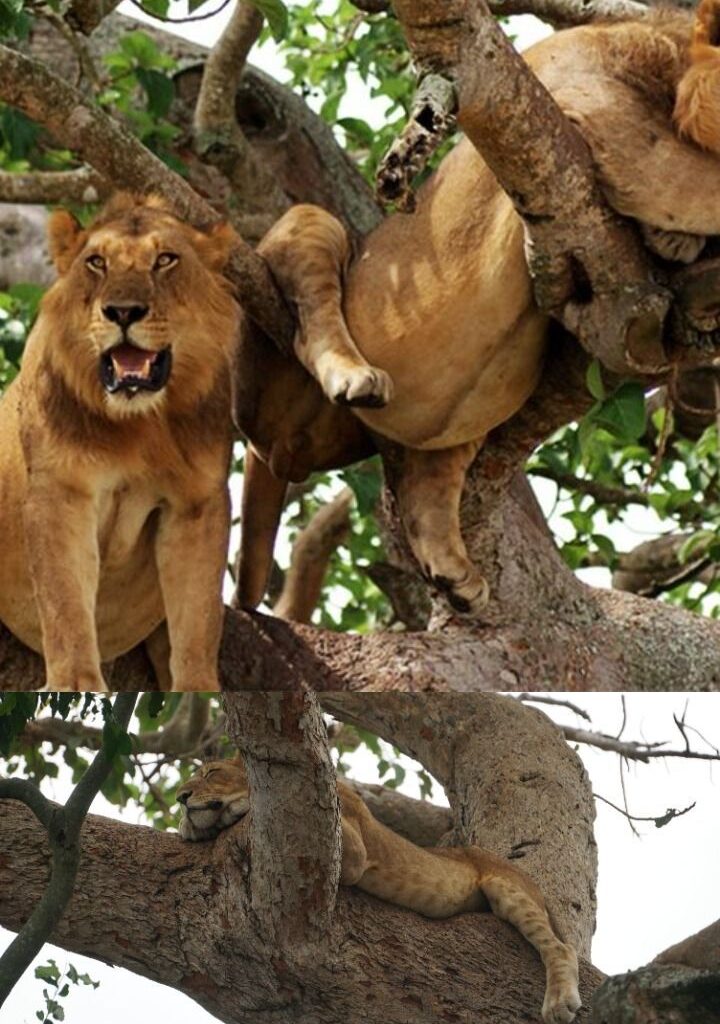
The tree-climbing lions of Ishasha are famous for their unusual ability to rest and move comfortably high up in fig and acacia trees. While lions are not naturally skilled climbers like leopards, the Ishasha population has developed several physical and behavioral adaptations that make this possible:
1. Strong, Powerful Forelimbs
Ishasha lions have exceptionally strong forelimbs and shoulder muscles, giving them the strength to pull their body weight up tree trunks and onto branches.
2. Sharp, Retractable Claws
Their claws provide a strong grip, allowing them to dig into the bark and climb with stability. These claws also help them anchor firmly when balancing on tree branches.
3. Flexible Joints and Agile Bodies
The lions have flexible hip and shoulder joints that allow them to maneuver their bodies while climbing or descending trees—an ability that prevents injury while navigating branches.
4. Long, Strong Tails for Balance
Their tails act as counterbalances, helping them maintain stability as they walk or lie across tree branches.
5. Behavioral Adaptation Over Generations
The behavior is believed to be learned and passed down through generations. Young cubs grow up watching adults climb, making the skill part of their lifestyle.
6. Motivation to Escape Ground Heat and Insects
While not a physical adaptation, the consistent need to escape:
- The hot ground temperatures, and
- Biting insects like tsetse flies,
has reinforced climbing as a survival habit. Over time, this behavior becomes more natural and frequent.
7. Wide, Horizontal Tree Branches
The Ishasha landscape features many trees with low, wide branches—especially fig trees—which are suitable for resting lions. Their body weight can be supported comfortably.
Why lions climb trees in Ishasha section?
1. To Escape the Intense Heat
Ishasha becomes very hot during the day.
Tree branches offer cooler breezes and shade, making them a perfect resting spot.
2. To Avoid Biting Insects
The ground is often full of tsetse flies and other biting insects.
Higher in the trees, the lions experience fewer bites and less irritation.
3. Better Vantage Points
From elevated branches, lions get a clear, wide view of their surroundings.
This helps them:
- Spot prey
- Monitor threats
- Keep track of their territory
4. Safety and Comfort
Tree branches—especially fig trees—are wide and comfortable for lions to lie on.
It’s a safe place to rest without disturbances from other animals.
5. Learned Behaviour Passed Through Generations
Young lions in Ishasha grow up watching older lions climb trees.
Over time, this becomes a cultural behavior, unique and common in this specific population.
6. To Avoid Flooded or Wet Ground
During certain seasons, the lower ground may be wet or muddy.
Trees provide a dry, elevated resting spot.
Summary
In Ishasha, climbing trees is a survival strategy, comfort behavior, and learned tradition—making these lions some of the most unique in Africa.

Why one should not miss out on the tree climbing lions in Ishasha on a safari to Uganda? (With Kajagyi Falls Gorilla Tours)
A safari to Uganda is never complete without witnessing the iconic tree-climbing lions of the Ishasha Sector in Queen Elizabeth National Park. These lions are among the rarest wildlife attractions in Africa, and Ishasha remains one of the only places in the world where you can reliably see them perched high on fig and acacia trees.
Choosing Kajagyi Falls Gorilla Tours gives you the best chance to experience this extraordinary sight. With experienced guides who know the exact hotspots and the lions’ daily patterns, Kajagyi ensures you don’t just drive through the park—you connect with one of nature’s most remarkable behaviors.
Watching these massive cats relaxing on branches, tails dangling as they scan the savannah, is a moment that stays with you forever. The scenery in Ishasha is untouched, peaceful, and incredibly photogenic, making it a highlight for photographers, nature lovers, and first-time travelers alike.
For anyone visiting Uganda, this experience is a must-see, not a bonus. Kajagyi Falls Gorilla Tours combines comfort, expertise, and deep knowledge of the area to make your Ishasha encounter unforgettable.
